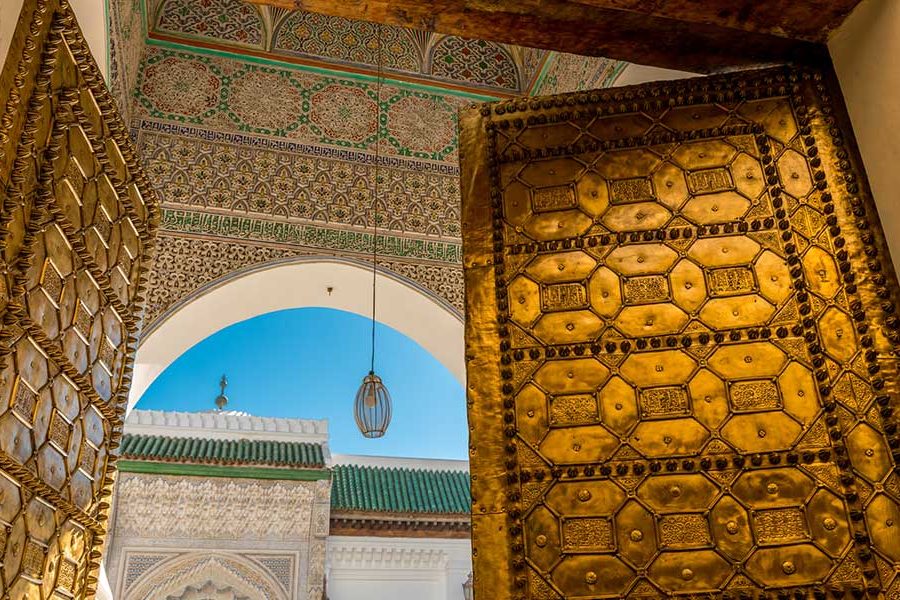The French Wars on Religion
Sixteenth-century France was a violent period as tensions between Catholics and Protestants led to war.
Caught in the conflict, a mother and daughter, Madeline and Catherine Des Roches, turned to literature to help themselves and fellow humanists in the Catholic town of Poitiers cope with their tumultuous world. The women hosted gatherings in their home to share poetry and prose.
Centuries later, the lives and writings of the two women captured the interest of Kendall Tarte when she was in graduate school. Tarte, now an associate professor of romance languages who teaches French, delved into the women’s writings and researched original source material is such notable libraries as the Bibliothèque Nationale de France in Paris.
“I studied the Des Roches in a seminar on women writers of the French Renaissance when I was in graduate school. I became fascinated with what I learned,” said Tarte, who earned a doctorate in French from the University of Virginia in 1997.
Tarte wrote a book based on her research, which was published in 2007, and she is now expanding her research to explore how the French Wars of Religion affected the writers of the time.
That project has earned her a grant from the National Endowment for the Humanities. She is one of five Wake Forest faculty members to receive NEH grants this academic year.
“These awards are few compared to the number of applications that are received, and, as her colleague and chair, I’m understandably proud of her achievement,” said Byron Wells, chair of romance languages. “The NEH competition is quite intense, and every proposal is reviewed and rated by several prominent scholars in the candidate’s field. The process is very rigorous.”
The latter part of the 1500s was a violent time in French history, with armies laying siege to fortified cities in religious conflicts. Tarte will use the $6,000 stipend from the NEH to write two chapters of her next book, “France on the Page: Portraying the Wars of Religion,” which will explore the literary and visual styles used in geographical and historical works and in engravings from the period.
“One thread that tied together the different chapters of my first book was the city of Poitiers,” Tarte said. “The city was the home of the Des Roches and the location of their literary salon, the site of a Protestant siege in 1569, and of special court sessions in 1579. Its history and topography attracted Renaissance authors and artists who depicted it. For my second book, I wanted to move beyond that one city to look at images of cities and towns throughout France during the Wars of Religion.”
For her latest project, Tarte’s research involves pulling together bits and pieces of information from multiple areas — geography, history and visual art — to make sense of the period. The information varies from factual descriptions of castle walls, for example, to movements of troops from one battle to another, to engravings depicting troops attacking a city.
“Looking at these works together, and from the perspective of my field — literary studies — will bring out aspects that these works have in common, but that scholars studying them independently would not necessarily encounter,” Tarte said. “My hope is that this project will appeal not just to literary scholars but also to scholars of history, art and geography.”
Categories: Global Wake Forest, Research & Discovery, University Announcements
Media Contact
Wake Forest News
media@wfu.edu
336.758.5237



